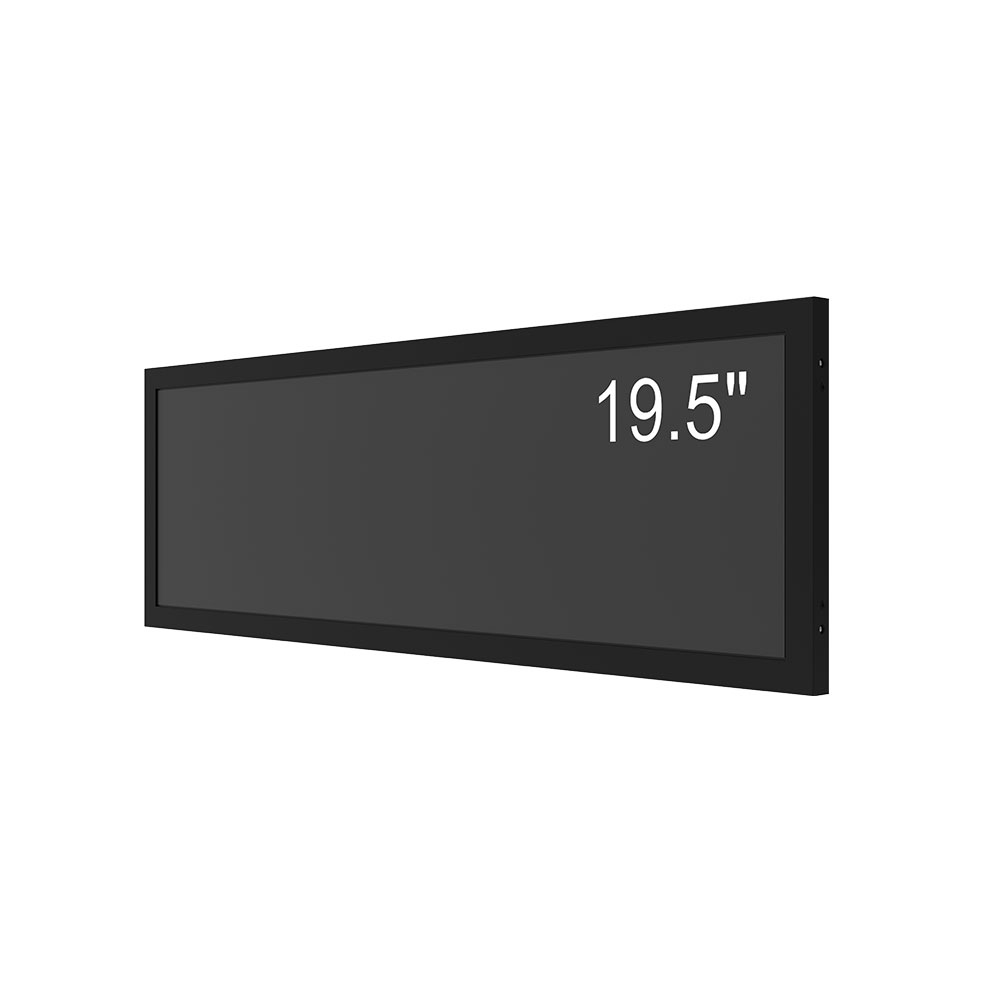Outdoor LCD screens are critical components in modern infrastructure, from digital signage in urban centers to monitoring systems in industrial facilities. Their ability to function reliably under extreme conditions—such as high temperatures, humidity, UV exposure, and mechanical stress—is essential for long-term operational success. Based on industry standards like IP65 for dust and water resistance and MIL-STD-810G for environmental durability, manufacturers must design screens that exceed expectations in real-world scenarios.
A key factor in outdoor LCD performance is brightness. For daytime visibility, screens typically require a minimum of 5,000 nits, with some models reaching up to 10,000 nits to combat direct sunlight. High-brightness LED-backlit panels, combined with anti-glare coatings and wide viewing angles (often 178°), ensure consistent image quality regardless of ambient lighting. Additionally, thermal management is vital—many professional-grade units integrate active cooling systems or heat dissipation materials such as aluminum frames and heat pipes to maintain optimal operating temperatures between -30°C and +70°C.
Another often-overlooked aspect is the use of ruggedized components. Outdoor displays frequently employ industrial-grade LCD panels with enhanced contrast ratios (e.g., 4000:1) and faster response times (under 8ms) to prevent motion blur during dynamic content. Furthermore, built-in automatic brightness control using ambient light sensors not only improves energy efficiency but also extends panel lifespan by reducing unnecessary power consumption.

Case studies from projects like the London Underground’s digital advertising network and Dubai’s smart city initiatives confirm that proper selection of screen specifications—such as IPS vs TN panels, weatherproof enclosures, and redundant power supplies—directly impacts uptime and maintenance costs. In fact, according to a 2023 report by Grand View Research, the global outdoor digital signage market is projected to grow at a CAGR of 8.9%, driven largely by demand for durable, low-maintenance solutions.
To ensure longevity, regular preventive maintenance—including cleaning with non-abrasive solutions, checking cable integrity, and firmware updates—is crucial. Ultimately, investing in certified, professionally engineered outdoor LCD solutions from reputable suppliers ensures both compliance with international standards and superior user experience in demanding environments.







